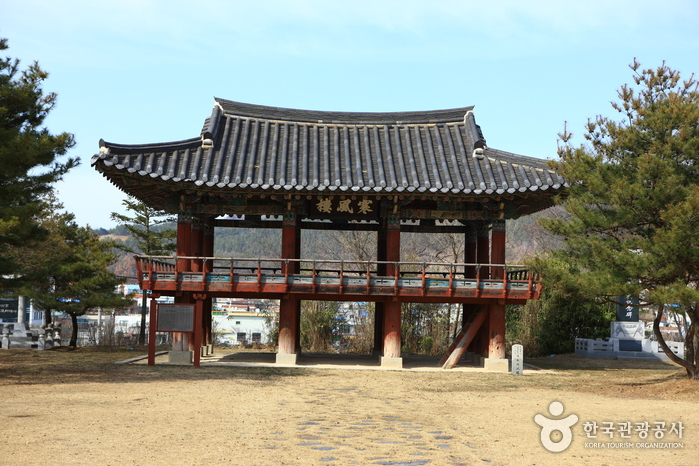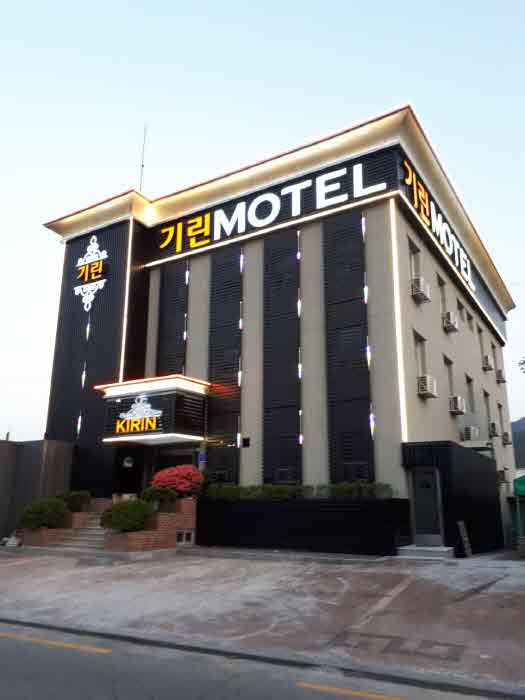Pabellón Hanpungnu de Muju (무주한풍루)
17.2Km 2024-10-15
Hanpungnu-ro 326-5, Muju-eup, Muju-gun, Jeonbuk-do.
El pabellón Hanpungnu es un sitio que los grandes poetas del pasado solían frecuentar para apreciar la naturaleza y el arte. El pabellón fue quemado por los soldados japoneses en 1592 (25º aniversario del reinado del rey Seonjo) y reconstruido en 1599. Durante el período de la colonia japonesa, el pabellón se utilizó como lugar para la propagación del budismo. Después de la liberación de Corea, se trasladó a Yangsan-myeon en Yeongdong-gun y fue renombrado como Geumhoru. En 1972, la gente de Muju movió el pabellón a su localización actual en Dangsan-ri, Muju-gun, provincia Jeollabuk-do. Hanpungnu es uno de los pabellones más famosos en la región del suroeste de Corea, junto con Hanbyeokdang de Jeonju y Gwanghallu de Namwon. Se conoce también por tener el exterior más pintoresco de los tres.
Kirin motel / 기린모텔
17.7Km 2025-08-11
74, Dancheon-ro, Muju-gun, Jeonbuk-do
+82-10-4120-5562
Kirin Motel was redone entirely in 2018 to become the clean, comfortable accommodations it is today. With every room equipped with air-conditioning, guests can stay cool in summer and warm in winter. Being located at the center of the downtown of Muju, it offers easy access to many restaurants and facilities. Muju County Office and Namdaecheon Stream are a mere 300 meters away; Muju resort and gucheondong valley -- which are popular sites all year round -- are 25 minutes away by car. The venue of Muju Firefly Festival, Muju’s representative festival, is 600 meters away on foot. During the festival period, people can experience fireflies, the symbol of a clean region, and try diverse activities and food. Kirin Motel keeps the rates the same throughout the year be it peak season, off season, weekdays, or weekends, offering affordable options to guests whether during summer peak season or winter ski season with the best cost-effectiveness in the region.
Mercado Banditbul de Muju (무주반딧불시장(무주반딧불장터) (1, 6일))
17.9Km 2024-04-07
Jangteo-ro 2, Muju-eup, Muju-gun, Jeonbuk-do.


 Español
Español
 한국어
한국어 English
English 日本語
日本語 中文(简体)
中文(简体) Deutsch
Deutsch Français
Français Русский
Русский